I joined California Wine Institute and nine Chinese journalists on a whirlwind tour of Napa, Sonoma, Lodi and Livermore last week. Here’s a look at our short stop in Lodi.

Our collective energy is low as we pull up to Wine and Roses Country Inn in Lodi, a large but relatively little-known region in the shadow of Napa and Sonoma country. The California Wine Institute team has been riding us hard for five days, from the moment we landed in San Francisco and headed straight for the pier until the previous day when we spent over 12 hours stomping the vineyard trail in Napa. Scheduled breaks have been steadily pruned to just enough time to change socks and add 10 percent to phone battery lives, with the benefit that we crossed an impressive number of wines and wineries off our bucket list.
This day’s wake-up call was the earliest yet and, after three stops, we began the two-hour late-afternoon bus drive to Lodi, a ride that saw exhaustion overwhelm and transform us into a snoozing drooling lot. (Okay, maybe only snoozing.) Making Lodi and its wines seem an even harder sell: our previous stops included legendary Stag’s Leap (of 1976 Judgment of Paris fame) and stylish Raymond (a memorable blend of wine and eye candy). Hard acts to follow.
We drop off our bags and gather in Lodi Wine & Visitor Center, on hotel grounds, for a talk by Camron King, executive director of Lodi Winegrape Commission. I met a half-dozen Lodi citizens on this trip and have rarely seen people so excited about being casual.
It’s an agricultural region, we’re very relaxed. (Not like those serious Napa guys.) As I said, we’re laid-back in Lodi. (But that doesn’t mean we don’t make quality wine, just like Napa.) In fact, if we were any more relaxed and laid-back, we’d be too relaxed and laid-back to tell you about it. (Or our incredibly diverse wines that deserve just as much attention as other nearby regions that I won’t name.) So, catch the Lodi spirit and relax. I mean it. Relax. RELAX NOW!
Okay, he didn’t express it exactly like that but suffice it to say King is far from relaxed. He’s opinionated, competitive and passionate—in a good way—as he should be given his position. He says that Lodi, with 110,000 acres of vineyards, 750 growers and 85-plus wineries, grows about a quarter of California’s grapes—more than Washington and Oregon combined. Has over 100 grape varieties, including 72 in commercial use, from Petite Syrah and Pinotage to Sangiovese and Symphony. Has not only that same helpful Pacific breeze as Napa and Sonoma but also two seaports—to stress the point, he says a sea lion was once found flopping through a vineyard.
He also briefs us on the region’s wine history, from the example of a 130-year-old Cinsault vineyard—to pair with those seemingly obligatory, in California, century-old Zinfandel plots—to a past largely focused on grape-growing, rather than wine-making, that allowed Lodi to weather Prohibition far better than others. Lodi kept millions of Americans tipsy during those “13 dark years” by shipping grapes, via refrigerated rail cars, to home wine-makers. Now, going on 15 years, the region is trying to raise its profile as a quality wine-maker.
It’s interesting stuff but, as King notes, we look exhausted—let’s translate that into Lodi-speak as ultra-relaxed—and we pile back on the bus and head for a wine dinner.
Enter the sunset. As we drive to LangeTwins winery, the sun steadily dips toward flat Lodi fields full of fruitless vines, long picked due to one of the earliest harvests on record. It looks like a glowing orange candy through the tinted windows. At least once per minute, this or that journalist mentions that the sunset is beautiful, that it would be nice to get photos, that it might soon be too late, that—well, it’s a subtle but regular message to STOP THE BUS NOW! King finally orders it to halt. We hustle off and futilely seek a perfect spot to get photos, stymied by those very vines that inspired our visit. Never mind. The collective energy has risen a few notches.
A few minutes later, we get to LangeTwins, in Jahant, the most central of Lodi’s seven sub-regions. It’s a huge neat winery owned by a family whose roots date to the 1870s. We head down a walkway, complete with water fountains and grassy fringes, and into a tasting area. Beyond that is an open cellar with tables set for dinner in a clearing between rows of barrels.
Enter the cheese. We’ve had no shortage of tasty food on this trip, often made by in-house winery chefs, but I’ve been hungry for a burger or a taco or, well, a half-dozen cheeses paired with mounds of crackers. Some of us go right at that Brie, that blue, that—what’s this soft one made with: sheep’s milk?—and enjoy the unscripted nature of stuffing our faces while chatting with winery reps and guzzling Sangiovese rose. Properly warmed up, we find our name tags at the dinner table and settle down.
Enter the wines. It’s safe to say expectations are modest. As mentioned, we’ve been drinking very good Napa and Sonoma wine all week, the likes of Stag’s Leap, Staglin, Cakebread, Jordan, Cline and Silver Oak.
I figure we will try a trio of Lodi options, one each brought by the winery reps, Marissa Lange of LangeTwins, David Phillips of Michael David and Joan Kautz of Ironstone. But soon a dozen bottles are open and being passed family style, much like the mashed potatoes or gravy.
‘Hey, can you guys pass that Cabernet Franc, it looks really good.’ ‘No problem, we’ll trade it for that Petite Syrah.’
For most of the week, we have been sitting at tables, facing flights of glasses, trying a small pour in each while being briefed on it, and then, in some cases, spitting. Tonight we go at our own pace. There is a shift from tasting to drinking, from analyzing to enjoying. I try a gulp of each of the three reds in front of me with the lamb chops.
This is fun. I ask for the ‘Rapture’ Cabernet Sauvignon, pour a quarter-glass, and take a slug. That’s a big one! It’s by the same guys who make 7 Deadly Zins, which I’ve had in China. Noted.
I take another bite of lamb, then shovel creamy potatoes gratin into my mouth, and feel a bit homesick. They are (almost) as good as my Mom’s. I think that maybe next time I visit her, I’ll take some Lodi wine, get some lamb chops, and try to recreate this pairing. Wine and thoughts now flow fast and easy, the themes from King’s talk materializing in front of me.
He told us about the 100-plus varieties of grapes in Lodi, including many arcane ones, and here we are drinking ‘Obsession‘ Symphony, made with a cross of Muscat of Alexander and Grenache Gris. It has a floral aroma, a pleasant freshness and acidity, apple and pear flavors, a touch of sweetness. When Kautz tells me the China importer is Vinolia, I realize I’ve had this before, in the company’s shop in Beijing.
“You get a lot of lychee, pear and jasmine,” says Kautz. “Honeysuckle.” It’s delicious. And, in terms of arcane, there is still a Tannat dessert wine—which will be a first for me—to come.
King also told us about Lodi’s diverse sub-regions, which means it is no one-trick pony with a given grape, as I see by the two Cabernet Francs. Michael David ‘Inkblot’ lives up to its name: a deep dark drop with soft rich berry fruit and a nice oak balance. Plush. In contrast, Ironstone is lighter, with a whiff of toasted oak and sweet cherry, and a juicy fruity body—cherry there, too—and a nice spicy finish. Intriguing contrasts.
And he told us about Lodi’s history. Side by side, we try two Zinfandels from century-old vineyards, one from LangeTwins (ripe red and black berries, hints of mocha and spices, a smooth body that makes it tempting to gulp) and one from Ironstone (violet aromas, a quite full and fruity if tighter mouth feel, and, like the Cabernet Franc, spice at the finish). Apparently one of these Zinfandel vineyards is a year older than the other. Let’s not even go there, people of Lodi. Stay relaxed!
Feeling rosy, I pull out a Chinese wine I brought on the trip, a bottle from Helan Qing Xue in Ningxia. I realize the fruitiness of the Lodi wines might make this one seem a bit green but I’d like our hosts to try something from a region in China that is steadily becoming as ambitious as Lodi about finding a higher place in the wine world. Then I make a final run through some of my favorites on the table—including another gulp of that ‘Rapture’ Cabernet Sauvignon—before we call it a night.
Does all of this mean Lodi is an amazing wine region? I don’t know. We spent less than a day in Lodi, I’ve only tasted a dozen or so wines from there before this trip, and context—a relaxed meal after days with many structured tastings—can have a big impact on one’s senses. But that dinner served as an eye-opener in showing the region’s diversity and quality, in positioning it on my mental wine map. Curiosity piqued, I look forward to relaxing with more wines from Lodi.
Grape Wall has no sponsors of advertisers: if you find the content and projects like World Marselan Day worthwhile, please help cover the costs via PayPal, WeChat or Alipay.
Sign up for the free Grape Wall newsletter here. Follow Grape Wall on LinkedIn, Instagram, Facebook and Twitter. And contact Grape Wall via grapewallofchina (at) gmail.com.

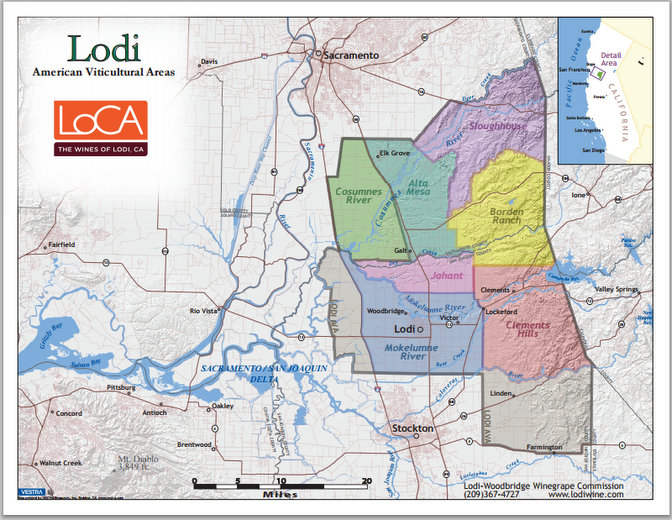
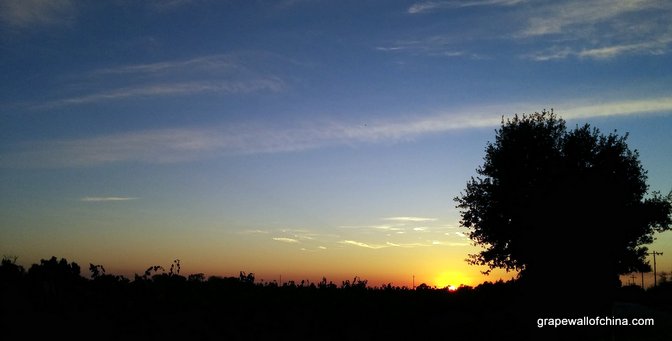
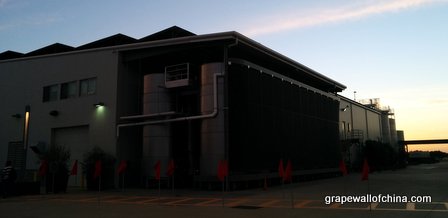
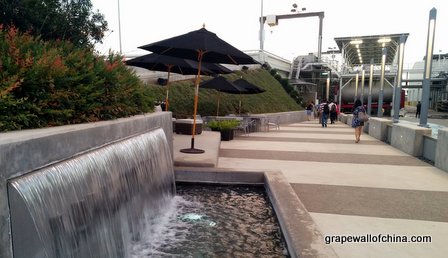

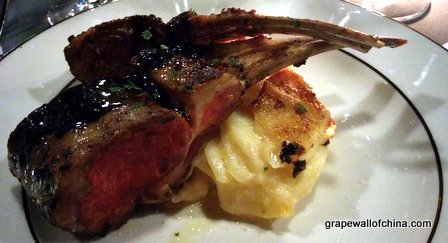
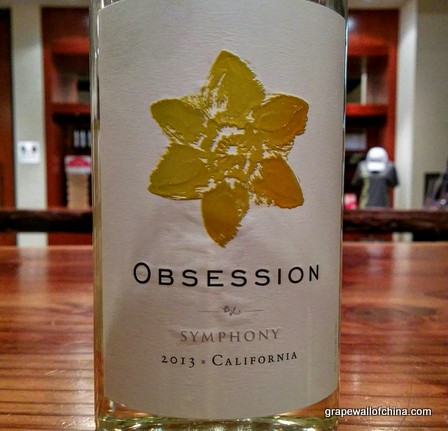
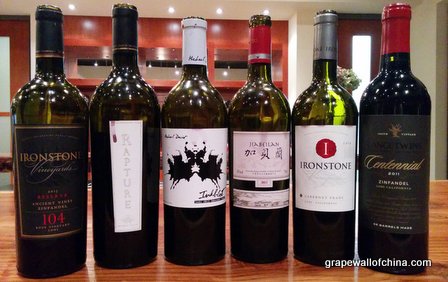
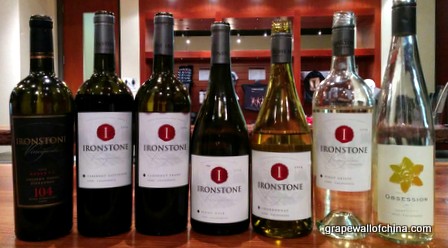
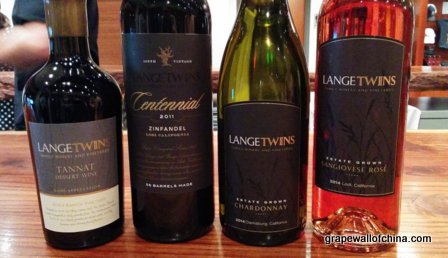
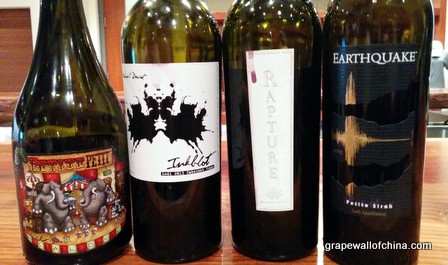
Leave a Reply
You must be logged in to post a comment.